Stretching or Foam Rolling: Which is Best?
Do you remember in school when your PE teacher lined everybody up to stretch? If you’re like me, you never understood why it was important – they told us it would prevent injuries.
As we grew up, we were again taught to warm up or stretch before playing sports.
And as we started exercising as adults, we discovered the benefits of foam rolling. In fact, foam rolling helped me bounce back from an injury.
But now comes the confusion between which is better – stretching or foam rolling?
The answer is both!
Stretching improves your muscle’s range of motion and lengthens your tendons and ligaments. Foam rolling, on the other hand, reduces muscle tension, releases adhesions, and makes the tissue softer.
My biggest issues were finding time to stretch and foam roll before or after exercise. Life is busy! And when I did have time which one, should I do first?
So, if you need to choose one, what should it be, stretching or foam rolling?
Let’s take a closer look at their benefits and help you decide which one to do first and when.
This post contains affiliate links. As an Amazon Associate, I earn from qualifying purchases. This means I may earn a commission, at no extra cost to you, should you choose to make a purchase using my link.
The Benefits of a Good Stretch
Stretching exercises before and after a workout can improve your range of motion and increase your flexibility. This can reduce your risk of injury.
It can also improve your quality of movement during your workouts as well as your normal daily activities.
There are different types of stretching exercises. But the two main types are dynamic and static.
Since each provides different benefits – it’s important to know which is best before a workout and which is best after a workout.
Dynamic Stretch
Dynamic stretches are the best option before your workout. They are performed with a larger range of motion.
These stretches are active, controlled movements that should not be held for prolonged periods of time.
Dynamic stretches slowly increase body temperature and heart rate. They are meant to get your body moving and start the mind body connection.
Dynamic stretches can mimic the movement of the exercises you are getting ready to perform.
If you are a runner or cyclist – you may want to do hip swings, walking lunges, squats and arm circles.
If you are doing an upper body workout then you may want to include arm swings, jumping jacks and inch worms.
Try to give yourself 10-15 minutes for a good pre-workout stretch.
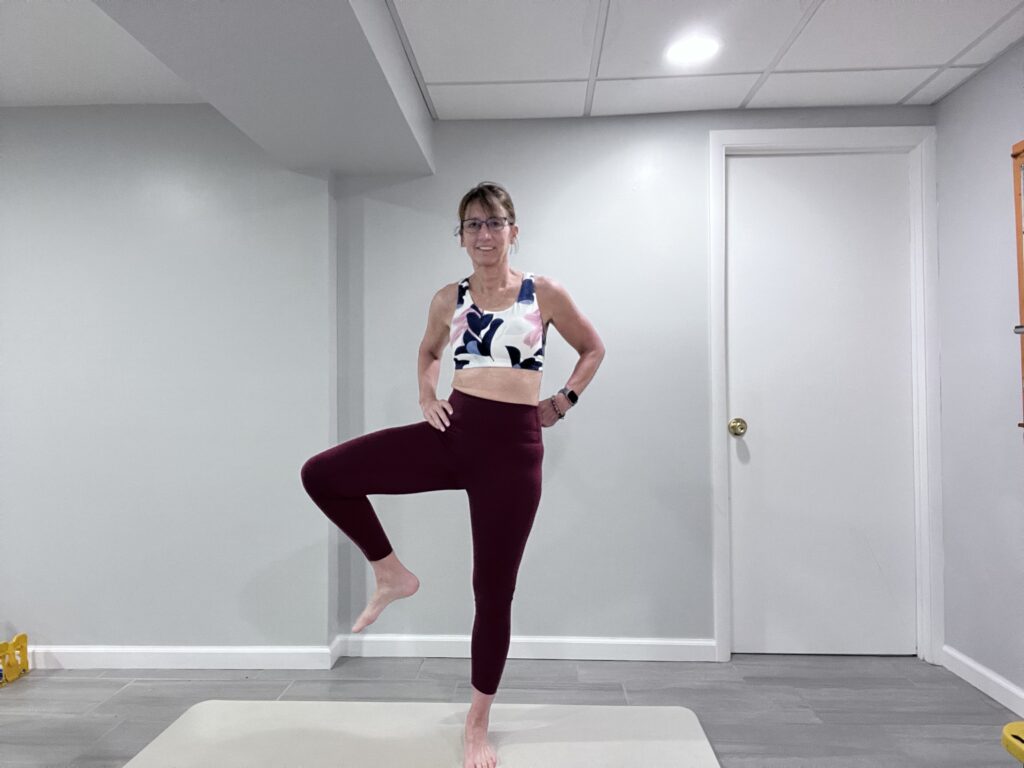
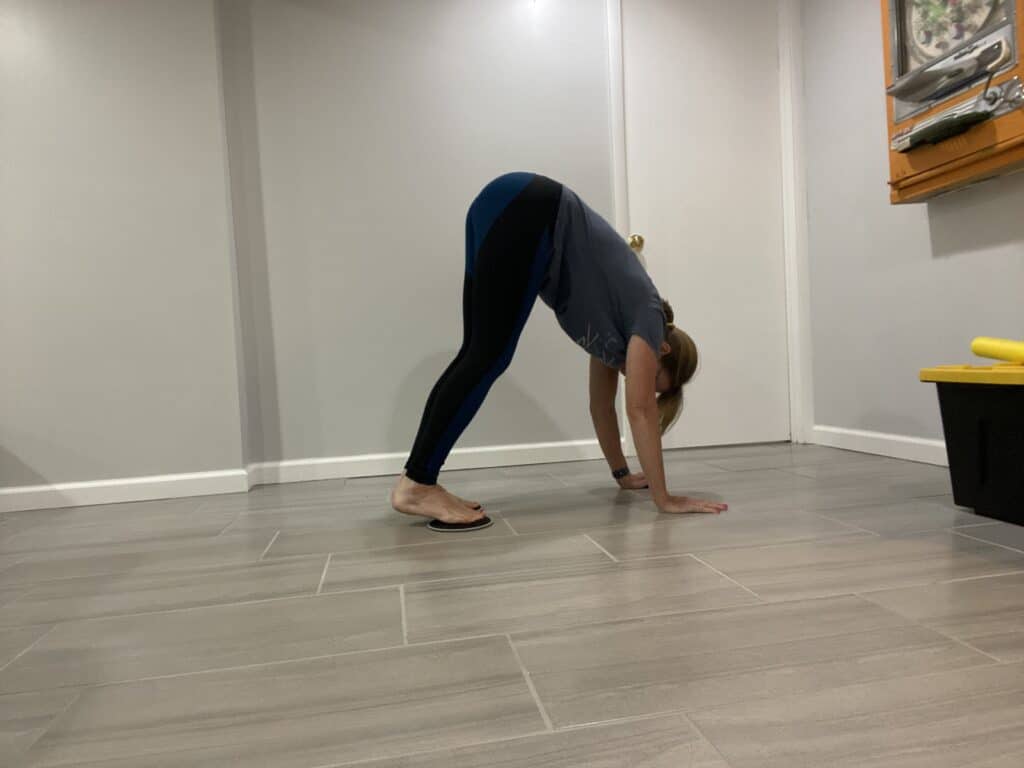
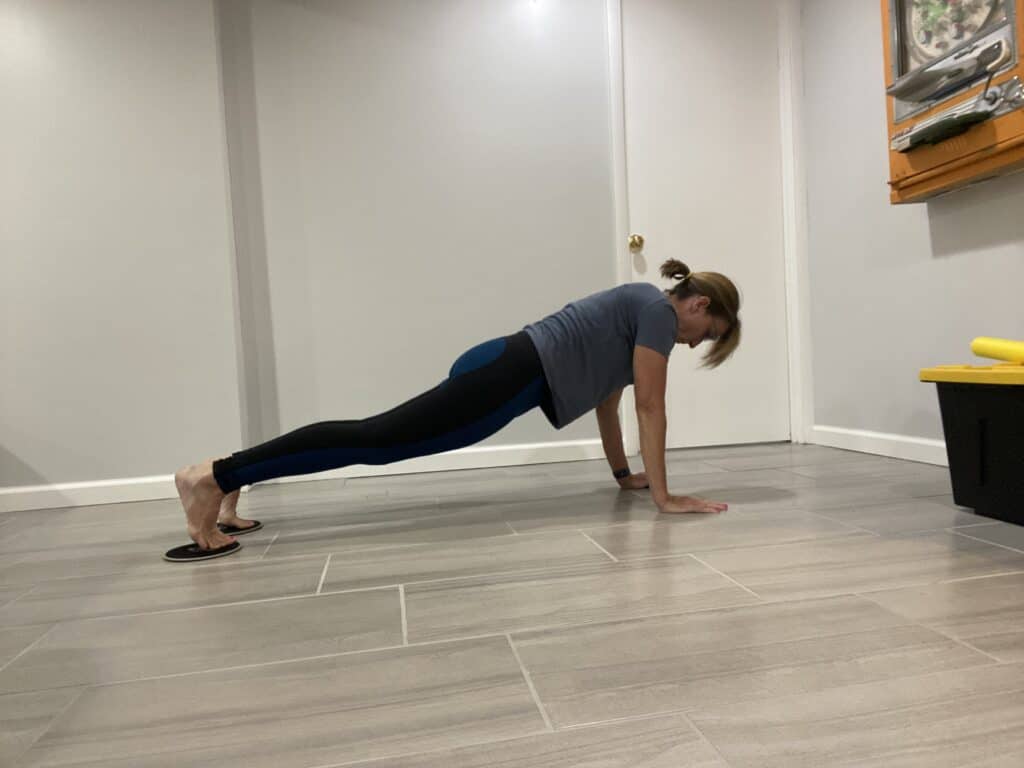
Static Stretch
Static stretches help with muscle recovery as well as flexibility and range of motion. This makes them a great option after a workout.
Static stretches involve moving into an end range of motion and then holding the position for 20-30 seconds.
As you progress you can hold the stretch for up to 60 seconds. During static stretch hold only to a slight discomfort and be sure to breath.
Examples of a static stretch would be to pull your foot up behind you, to your butt and hold. This is a good quad stretch.
You can also bend forward and hang your head for a hamstring stretch.
For your upper body take your arm across the body and hold with your other arm or raise your arm above your head and bend holding your elbow to hit the triceps.
Don’t be afraid to try a few yoga poses after your workout. Maybe a child’s pose or pigeon just may be what your body needs.
Try to give yourself about 5-15 minutes after your workout for a good static stretch.
However, if you don’t have the time then a couple of minutes of stretching is better than nothing.
Static stretching can relax your body and help with stress. So be sure to breathe through the stretch.
Stretching after you exercise can get you ready for your next workout.
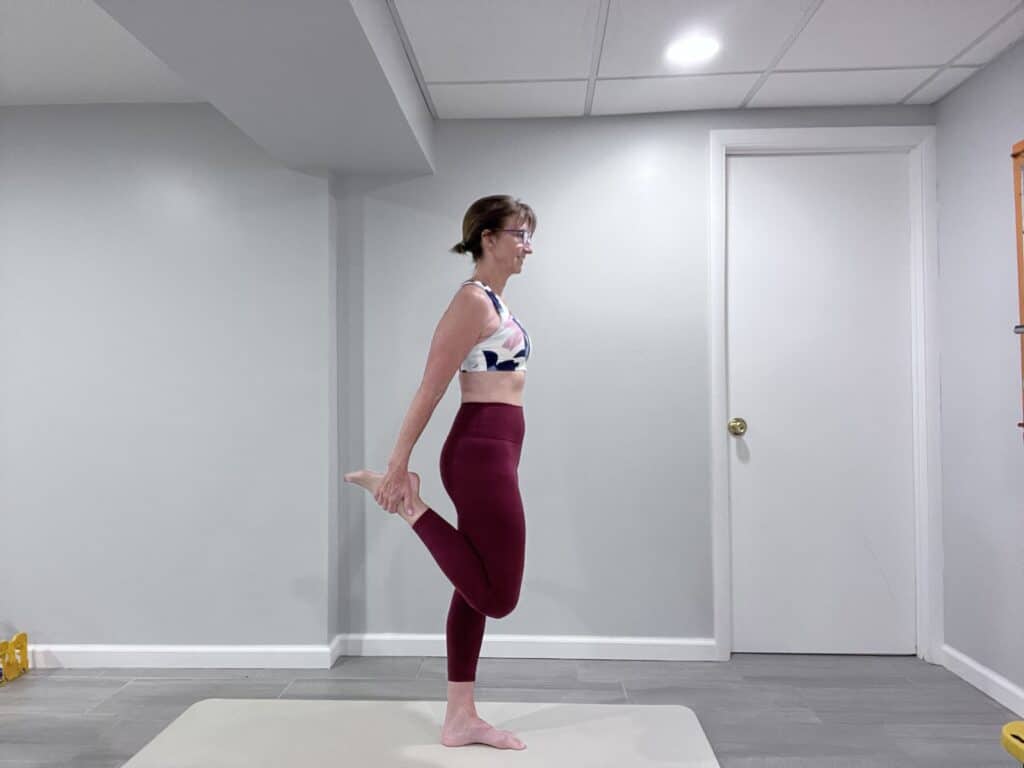
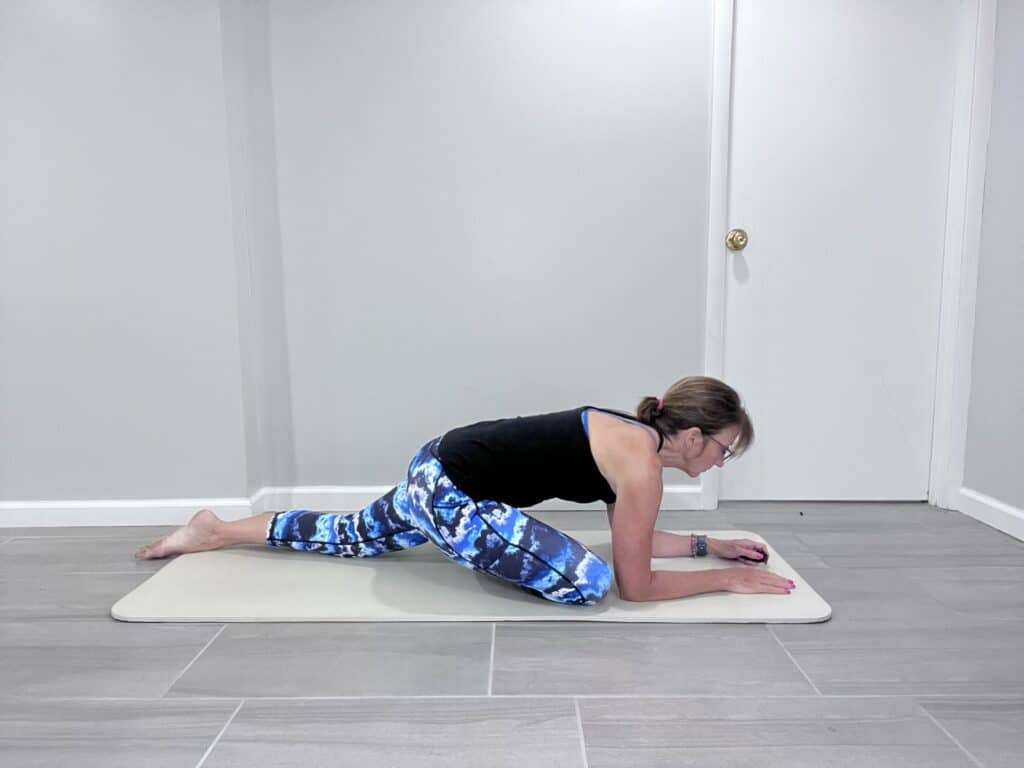
Benefits of Foam Rolling
Do you ever feel confused about the difference between stretching and foam rolling?
If so, you’re not alone!
Let’s clear things up – foam rolling is a technique called self-myofascial release, which relieves tension and tightness in your muscles by focusing on trigger points.
These are specific points of myofascial tissue which surround and support your muscles.
Using a foam roller is a great way to target larger areas to relieve pain and increase blood flow, which decreases inflammation and soreness and increases your range of motion.
It can be uncomfortable at times when you hit that trigger point, but it shouldn’t be painful!
You are in control of how much pressure you apply, and it’s important to listen to your body and avoid intolerable pain.
Aim to foam roll for 10-15 minutes, focusing on the muscles you’re working that day.
If you don’t have time to hit every area, that’s okay – just come back later in the day. Trust us, your body will thank you!
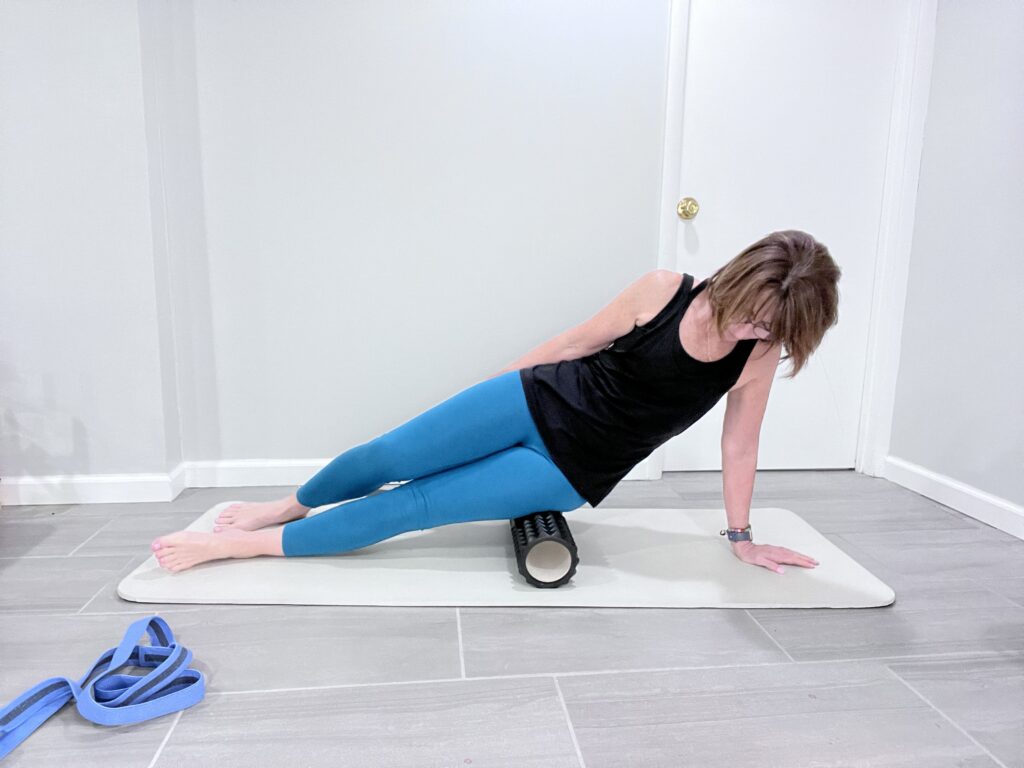
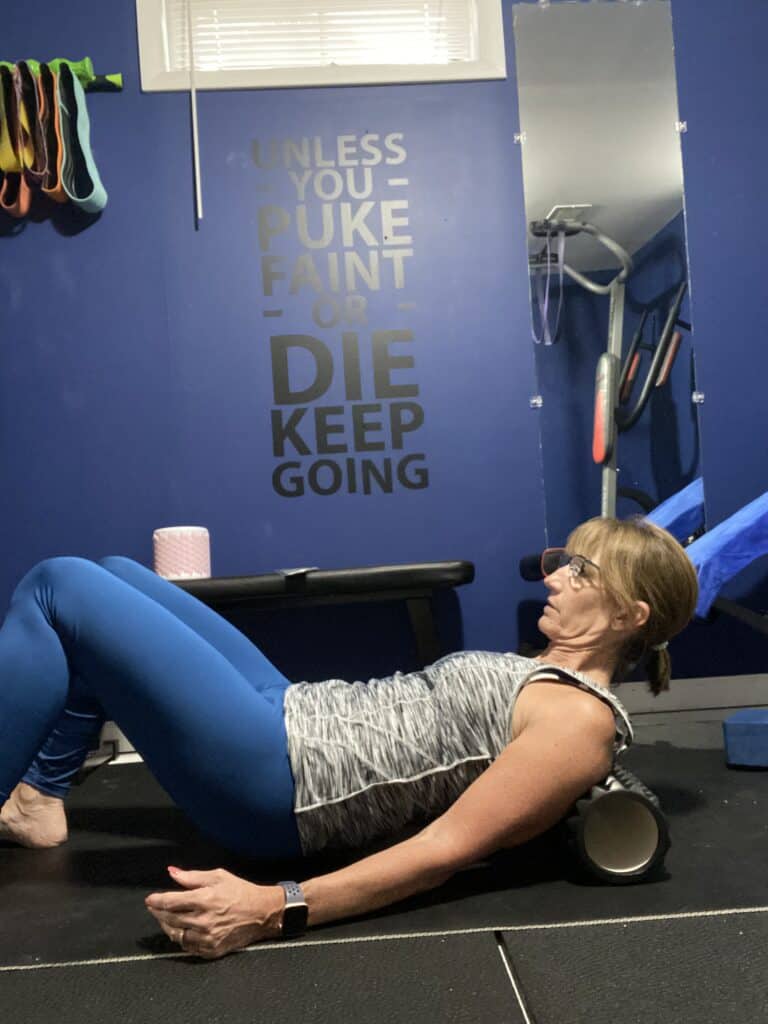
So, Should You Foam Roll or Stretch with Exercise?
As you can see foam rolling and stretching both have their advantages pre and post workout.
It’s best – if you have time – to include both foam rolling and stretching when you warm up and cool down.
If you have time to do both foam rolling and stretching before you start an exercise – always begin with foam rolling.
This will get the blood flowing as well as release any tightness.
Then do your dynamic stretches to slowly raise your heart rate and get the mind body connection going.
Post workout, again always begin with a foam roller. This will help to release tightness and stretch you out.
Follow with static stretching for muscle recovery as well as range of motion and flexibility.
If you do not have time to do both, doing only one is better than nothing.
Before a workout it is best to grab your foam roller.
This will release any tightness and get your blood flowing for better performance.
After your workout, you may benefit more from doing static stretches to help with your muscle recovery.
Conclusion
If you are like me and always seem to be tight on time, just do something and don’t skip your warm-up and cool down completely.
As you can see the benefits are so important. Even if you can only spare 5 minutes it is better than nothing.
Foam rolling and stretching are not only beneficial before and after a workout. They are also great to do on your rest days or when you get up in the morning to get you going.
Static stretching can even be beneficial at night to relax you so that you can sleep better.
So, grab your foam roller and mat and get your body stretched out – you won’t regret that you took a few minutes to get it done!
